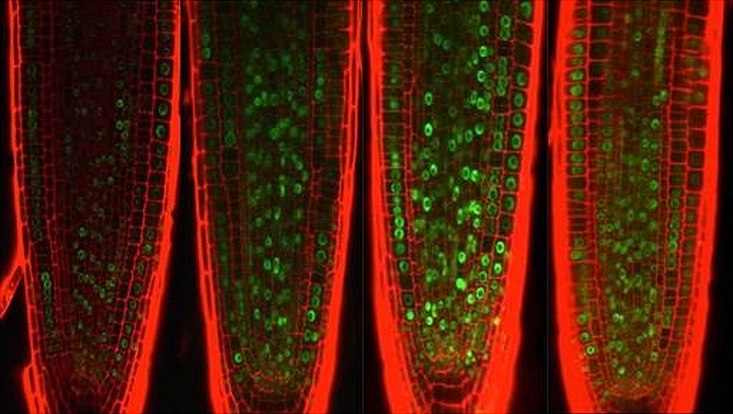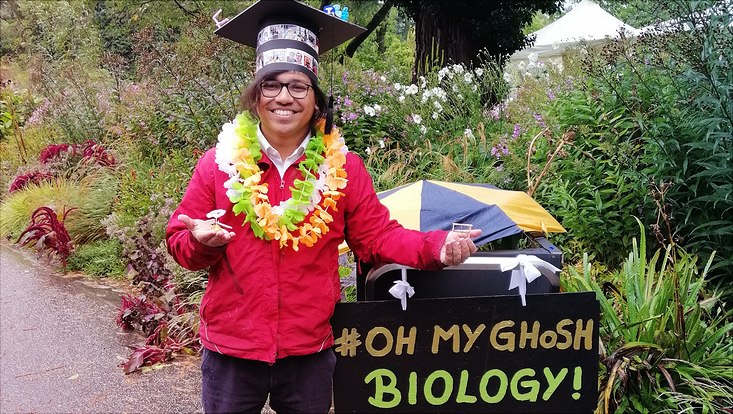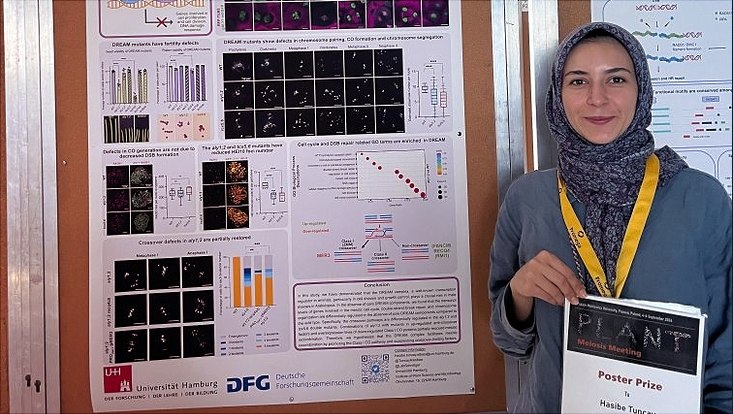New DFG project
1 December 2019, by Website Team Biologie

Photo: UHH/Chen
New binational project on the function and regulation of the retinoblastoma module
The DFG (Deutsche Forschungsgemeinschaft) and the ANR (Agence Nationale de la Recherche) have announced to fund a collaborative project of the Institut de Biologie Moléculaire des Plantes (IBMP) in Strasbourg (CNRS, France) and the Department of Developmental Biology at the Institute of Plant Science and Microbiology (IPM) in Hamburg (Universität Hamburg, Germany).
This project will be centered around the role of the plant RBR1 (RETINOBLASTOMA RELATED 1) functional module in the DNA damage response. The RBR1 gene is a homolog of the human tumor suppressor gene Retinoblastoma, a multifunctional hub which plays a role in cell proliferation, differentiation, environmental response and DNA damage control/genome stability.
DNA damage is a crucial problem for every living organism. Remarkably, plants can cope with very high concentrations of harmful agents in comparison to animals. Despite this apparent power and their relevance for agriculture under changing environmental conditions, the plant DNA repair pathways are not very well understood.
The DNA Damage Response (DDR) consists of a set of tightly regulated events, from sensing of the inflicted damage, activation of a DDR signaling cascade that also blocks cell cycle progression, accumulation of DNA repair factors at the damaged site, to the physical repair of the lesion and/or the replacement of damaged cells.
Preparatory work of both partners has revealed a DDR network relying on RBR1, which appears to function in at least two ways: first, as a transcriptional regulator of DDR genes and second, as a potential assembly factor of repair complexes at the lesion sites. Thus, RBR1 acts as a central control hub in DDR and hence offers a unique starting point to get mechanistic insights into the DDR of plants.


